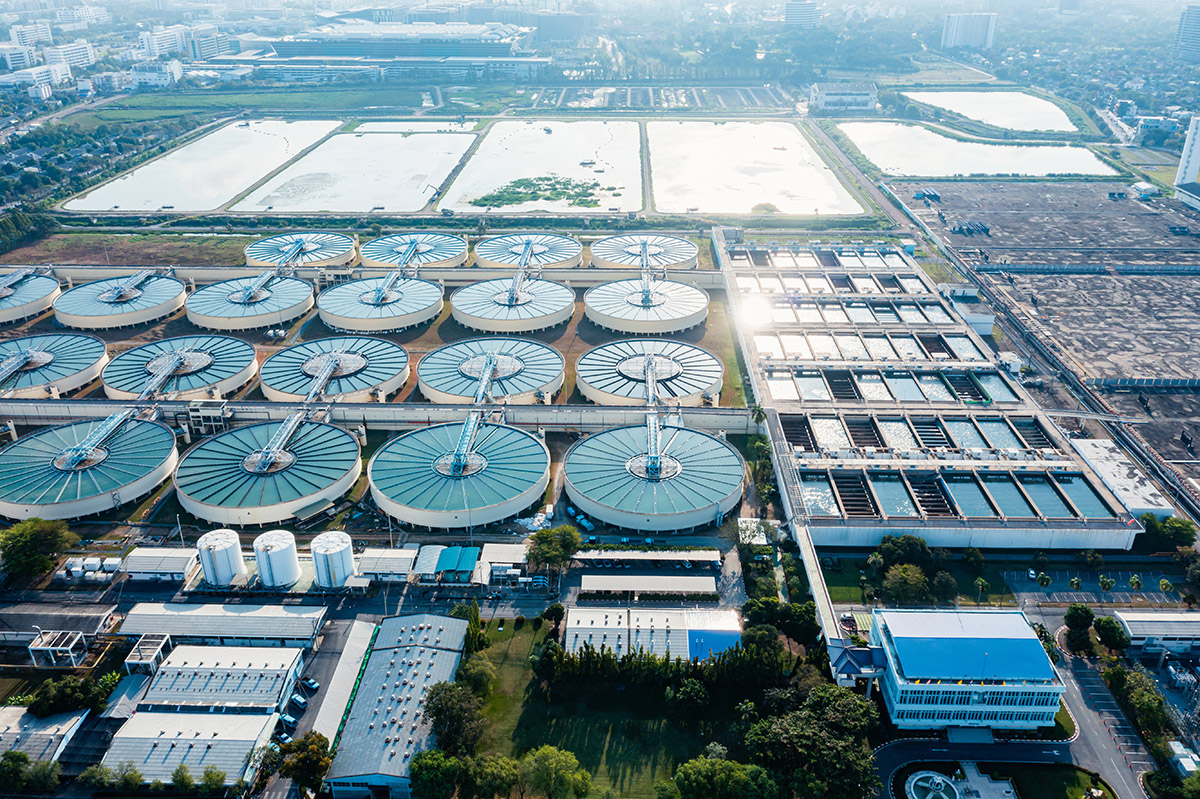Washington Auto Insurance Requirements
In Washington, meeting the financial responsibilities of operating a car (Washington Rev. Code § 46.30.20(1)(a) as of 2023) necessitates purchasing an auto Insurance policy. The state mandates minimum liability coverage limits in Washington Rev. Code § 46.29.90, including:
- $25,000 for bodily injury or death of a single person in an accident
- $50,000 for bodily injury or death of two or more persons in an accident
- $10,000 for property damage in an accident
Most Washington residents adhere to these stipulations by securing an auto insurance policy. However, it’s crucial to note that out-of-state drivers operating vehicles in Washington may lack insurance coverage, potentially leaving them uninsured. Understanding where to seek compensation in such scenarios becomes imperative.
Where Can I Get Compensation if At-Fault Driver is Uninsured?
Washington operates as an “at-fault” state concerning car accidents. If a person is injured or their property is damaged, they can file a lawsuit against the one responsible for the accident or file a claim against their auto insurance policy.
With this in mind, exploring the three scenarios regarding accidents caused by an uninsured at-fault driver becomes critical.
Scenario 1: See What Your Car Insurance Covers
Car insurance comprises various types, some mandatory and others recommended. Understanding these options is crucial, especially when dealing with an uninsured at-fault driver. Consider the following insurance types that may aid in covering expenses:
Uninsured / Underinsured Motorist Coverage
While Uninsured Motorist (UIM) coverage isn’t mandatory in Washington, insurance companies are legally obliged to offer it. Drivers declining this coverage must sign a waiver.
UIM coverage primarily addresses the driver’s accident-related injuries, not car damages. To cover car damage, drivers might need to purchase a secondary add-on called UIM Property Damage Coverage for repair or replacement after an accident with an uninsured driver.
Underinsured motorist coverage intervenes when the at-fault driver lacks sufficient coverage to compensate the injured party fully. This coverage bridges the gap between the underinsured driver’s coverage and the total compensation amount.
Both policies can encompass Medical expenses, wages lost, car damages, and pain and suffering up to the specified policy limit. The time limit to file a claim in these types of policies is up to 30 days after the accident.
Collision Coverage
Collision coverage addresses explicitly the expenses associated with repairing your vehicle, covering costs up to the limits of your coverage. This coverage remains applicable irrespective of fault: whether you were responsible for the accident, the other driver was at fault and uninsured, or you were a victim of a hit-and-run driver.
However, it’s vital to note that collision coverage does not extend to covering your medical bills following a car accident. Its primary focus remains on the repair of your vehicle.
MedPay
MedPay, which is short for medical payments coverage, specifically covers your medical expenses from an automobile accident, regardless of fault. This coverage encompasses various medical costs incurred due to the accident.
Personal Injury Protection
Similar to MedPay, Personal Injury Protection (PIP) operates without regard to fault in a car accident. Besides covering medical bills, PIP extends its coverage to compensate for lost wages or funeral expenses if necessary. However, it’s essential to note that PIP does not provide compensation for pain and suffering due to the accident.
Scenario 2: The Uninsured Driver is Driving an Insured Car
If the at-fault driver is uninsured, but the car is insured, then its insurance policy can extend to your accident and losses. However, navigating this scenario involves paying attention to nuanced details outlined in the policy’s fine print.
Scenario 3: You File a Lawsuit Against the Uninsured Driver
Let us say the above coverages are unavailable or insufficient to cover your expenses. Does that mean you must file a lawsuit against the uninsured driver to cover the rest? Yes, you can, but it may not be an actual win.
You can file a lawsuit against them in Washington’s at-fault system for car accidents. However, uninsured drivers often have no insurance because they have limited funds. Even if you win the lawsuit, they may not have enough assets to pay out of their pocket to compensate you. But there are still ways to get compensation for damages you suffered that are no fault of your own.
In All Scenarios, Get Evidence to Support Your Claim
Collecting substantial evidence is pivotal across all three scenarios to substantiate your claim and secure rightful compensation. Below are essential steps to follow:
Call the Police to Report About the Accident
Despite potential resistance from the at-fault driver, involving law enforcement is crucial for legal protection and case substantiation.
Gather Evidence
Utilize your phone’s camera to capture video and photos of the accident scene, injuries sustained (with consent from others involved), vehicle damages, and secure contact information of potential witnesses.
Exchange Contact Information
Procuring the at-fault driver’s full name, contact details, insurance information, and driver’s license number is critical for legal safeguarding.
Seek Immediate Medical Attention
Timely medical care is essential post-accident, even without apparent immediate symptoms. Prompt medical attention documents injury severity and aids in preserving health. Retaining receipts and prescriptions serve as evidence of incurred expenses.
Inform Your Car Insurance Company
Promptly informing your car insurance company allows for a review of your policy coverage regarding your situation.
Why You Need an Attorney for All Three Scenarios
Engaging an attorney proves crucial in maximizing your compensation across various scenarios. A lawyer can:
- Strategically assess your options to ensure full compensation.
- Negotiate with your insurance company, particularly when facing difficulties accessing benefits, undervalued claims, or policy terms not honored.
- Assist in compelling the at-fault driver to acknowledge responsibility and pay appropriate compensation within their means.
- Identify alternative avenues to cover losses, such as identifying other liable parties, like potentially faulty traffic lights implicating local government.
By having a car accident and personal injury lawyer guide you, you can review the best actions to take moving forward. Learn more by clicking the link below.
